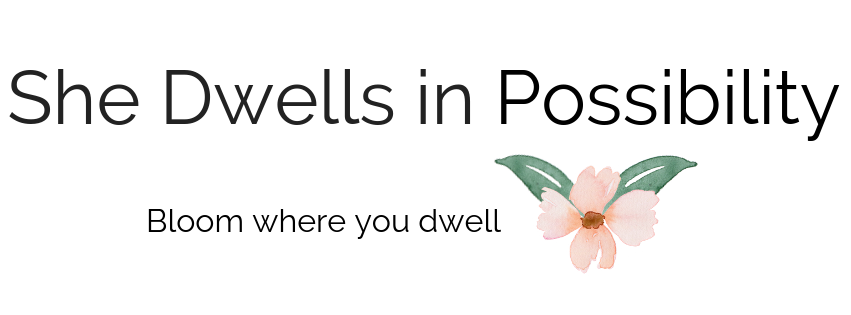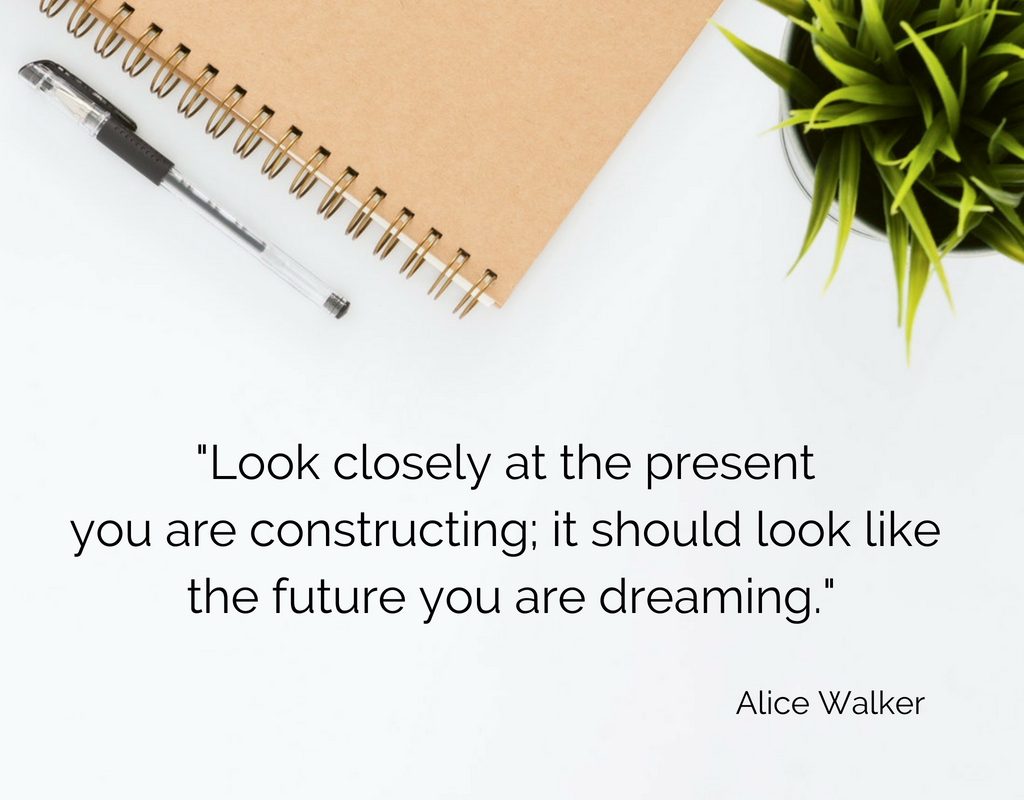For the second time in my life, I’ve returned from the simplicity of a sabbatical to the complexity of full-time work. And, for the second time, I’m finding that adjustment rather challenging.
For those of you who don’t work in the world of higher education, I’ll start out by clarifying that a sabbatical is a period of time (a semester or a full academic year) during which faculty members are relieved of their responsibility for teaching classes so they can focus more intensively on their research and writing. Tenured faculty are eligible for sabbatical every seven years, though they’re never guaranteed one; sabbaticals involve an application process and a specific plan for your work. If you’re granted a sabbatical, it’s an incredible gift of time.
While I was on sabbatical, my to-do list typically looked like this:
- Write
- Read
Sometimes I’d add “Go to the gym” or “Do grocery shopping,” but those were things I could fit in wherever I wanted.
Since I’ve returned to work, my daily to-do list might look more like this:
- Send and answer emails
- Go to a meeting
- Conference with students
- Prep for class
- Teach class
- Prep for next class
- Teach another class
- Go to another meeting
- Work on writing a report
- Grab a stack of papers or exams to grade at home, since I didn’t get that done.
There’s nothing simple about this list–especially when you consider that these tasks are bracketed by a 30-minute commute (each way) to work and packed in around conversations with colleagues and students who stop by my office door to ask a question, talk through our plan for a future project, or just say hello. And I haven’t even tried to outline my after-work list, which includes things like writing this blog.
One thing a sabbatical makes very clear is just how complex “regular” life is, even on a good day, when everything goes as it should. The last time I returned from sabbatical, I responded to this clarity by feeling inadequate to the tasks in front of me, questioning whether I was still cut out for my job.
This time around, though, my response to that clarity is to simplify the way I think about my life.
But I’m thinking about simplicity in a whole new way, after watching Harvard professor George Whitesides’ TED Talk, Toward a Science of Simplicity. Dr. Whitesides begins by discussing the simplicity of some everyday objects. The coffee mug, for instance, holds a beverage, and the handle on that mug allows for the beverage to be hot. The heat of the beverage makes it sterile. So, in a very simple way, a coffee cup serves the function of promoting public health by helping to kill the bacteria that can live in cold beverages. We don’t give a moment’s thought to this function of the coffee mug because it does its job so simply, it becomes invisible.
The opposite of simplicity, of course, is complexity. Dr. Whitesides defines complexity as a system built of component parts that use energy to interact with each other and create unexpected results. He uses traffic as a good example of complexity: when individual cars interact on the road, you never know what situation you’re going to encounter.
But here’s the beauty in the relationship between simple and complex things: they depend on each other. Stones are simple objects, Dr. Whitesides points out, but we can build cathedrals with them. That means stones serve a very complex function in our lives, although chances are we never once think about them. Stones, like coffee mugs, are invisible when they do their jobs well. And while one stone might not be all that valuable to us, its value increases when many stones are brought together.
When I started thinking about this on the level of my daily life–when I tried to break that complex structure into its much simpler parts–I realized that my complex day really is, in fact, built on very simple things. My long commute, for instance, is built on a simple decision Mike and I made together 15 years ago: we chose to buy a house equidistant from our places of work. My commute is built on partnership. Every time I make that drive, I’m increasing the strength of our connection.
That doesn’t mean I have to enjoy it. I’m pretty sure I’ll always hate driving in city traffic. But it does mean I can view that commute as a valuable piece of my day, rather than a burden.
Similarly, the tension between getting work done and talking to people dissipates when I focus on the fact that both of these things are centered on a simple act: connection. Whether I’m talking to my students in class or talking to them in my office–whether I’m talking to my colleagues in a meeting or at my office door–whether I’m writing comments on student papers or writing emails or writing a blog post–what I’m actually doing is connecting with other human beings.
We could break that down even farther–connection depends on words, words depend on letters, etc.–but that’s not really my point here. My point is that if I think of my day as a series of opportunities to make connections with human beings, rather than a series of tasks interrupted by human beings, it suddenly looks very different. In fact, it looks like a cathedral: a unified structure built from a whole bunch of very simple pieces. Rather than being fragmented and pulled in five different directions, it holds together rather beautifully.
I’m not fooling myself into thinking that this perspective on simplicity is going to keep me from having difficult days. I know I’ll continue to feel frazzled and torn and stretched to my limit. I know I’ll struggle to maintain a focus on the simple pieces my life is built on. But at least I’ll have a new way of stepping back and viewing the complexity, when it starts to feel overwhelming.
I don’t have to like it. I just have to remember how to see it.





No Comments